The Cathedral of Florence is known as "Cattedrale di Santa Maria del Fiore" in Italian, which translates to "Cathedral of Saint Mary of the Flower,” is one of the most iconic landmarks in Florence and a masterpiece of Renaissance architecture. Giovanni Villani, a Florentine chronicler of the 14th century documented the first sod-turning and laying of the cornerstone ceremony of the Florence Cathedral with meticulous detail. CeremonialSupplies.com, the best online shop for everything you need for groundbreaking ceremonies, grand openings and ribbon-cutting ceremonies, military balls and functions, corporate events, graduations, and all other celebratory occasions, invites you to time-travel with us and visit Florence in the year 1296; meet the guilds of Florence, including the influential Arte della Lana, which played a pivotal role in this momentous occasion. Their contributions, both financial and logistical, ensured the success of the groundbreaking ceremony and laid the groundwork for the cathedral's construction in the years to come.

The construction of the Florence Cathedral, known as the Cathedral of Santa Maria del Fiore, required significant funding and support from various civic institutions, private donors, and governmental bodies. Here are some of the key contributors who helped raise the necessary funds for this monumental project:
Ownership of the Land:
The land on which the Florence Cathedral was built belonged to the Arte della Lana, a powerful wool merchants' guild in Florence during the medieval and Renaissance periods, overseeing aspects of the wool trade and playing a significant role in the city's economic and social life. This ownership allowed the guild to contribute to the financing and coordination of the cathedral's construction, as well as to participate in decisions related to the project.
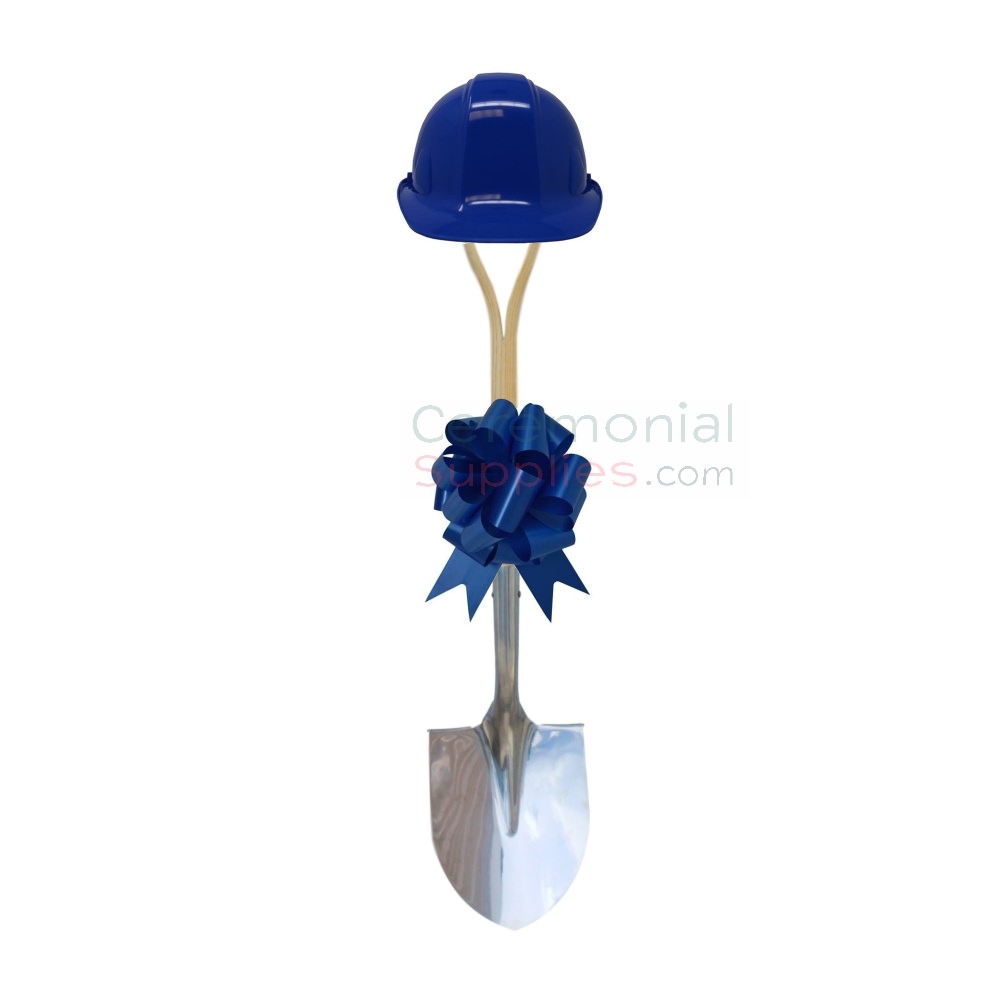
Architect and Designer:
The original architect of the Florence Cathedral was Arnolfo di Cambio, a renowned Italian architect and sculptor of the late 13th and early 14th centuries. He designed the cathedral in the Gothic style, incorporating innovative architectural elements.
City of Florence:
The city of Florence and its government officials played a crucial role in financing the construction of the cathedral. Public funds allocated by the city were used to support various aspects of the project, including purchasing materials, paying workers, and overseeing the overall progress. Florentine Civic leaders, including mayors, magistrates, and city officials, played a role in coordinating and overseeing the fundraising and financial management of the cathedral project. They worked closely with the guilds, donors, and construction teams to ensure the project's success throughout the years.
Arte della Lana (Wool Merchants' Guild):
As a powerful guild with significant wealth and influence, the Arte della Lana made substantial financial contributions to the construction of the cathedral, including the land where the Florence Cathedral was built. The guild's members provided funding through taxes, donations, and investments related to the wool trade. Guild members, or associates named below contributed financially to the construction of the Florence Cathedral:

Andrea Pisano:
A sculptor and architect who worked on the Florence Cathedral's bell tower (Campanile). He was also involved in the guild's activities.
Giotto di Bondone:
A renowned painter, sculptor, and architect. Giotto's contributions to the cathedral's decoration are significant, particularly his work on the Campanile and the Bell Tower's reliefs.
Arnolfo di Cambio:
The original architect of the Florence Cathedral. While he was not a member of the Arte della Lana, his designs and contributions were crucial to the guild's project.
Filippo Brunelleschi:
The architect credited with designing and completing the iconic dome of the Florence Cathedral. He was not directly associated with the Arte della Lana but worked on the cathedral under the patronage of the city and various guilds.
Giovanni Villani:
A Florentine chronicler and merchant who documented the city's history, including events related to the construction and development of the Florence Cathedral. He provides valuable insights into the guild's activities and influence.
Lorenzo Ghiberti:
A sculptor and artist known for his work on the Baptistery doors in Florence. While not a member of the Arte della Lana, he was part of the artistic community that contributed to the cathedral's construction and decoration.
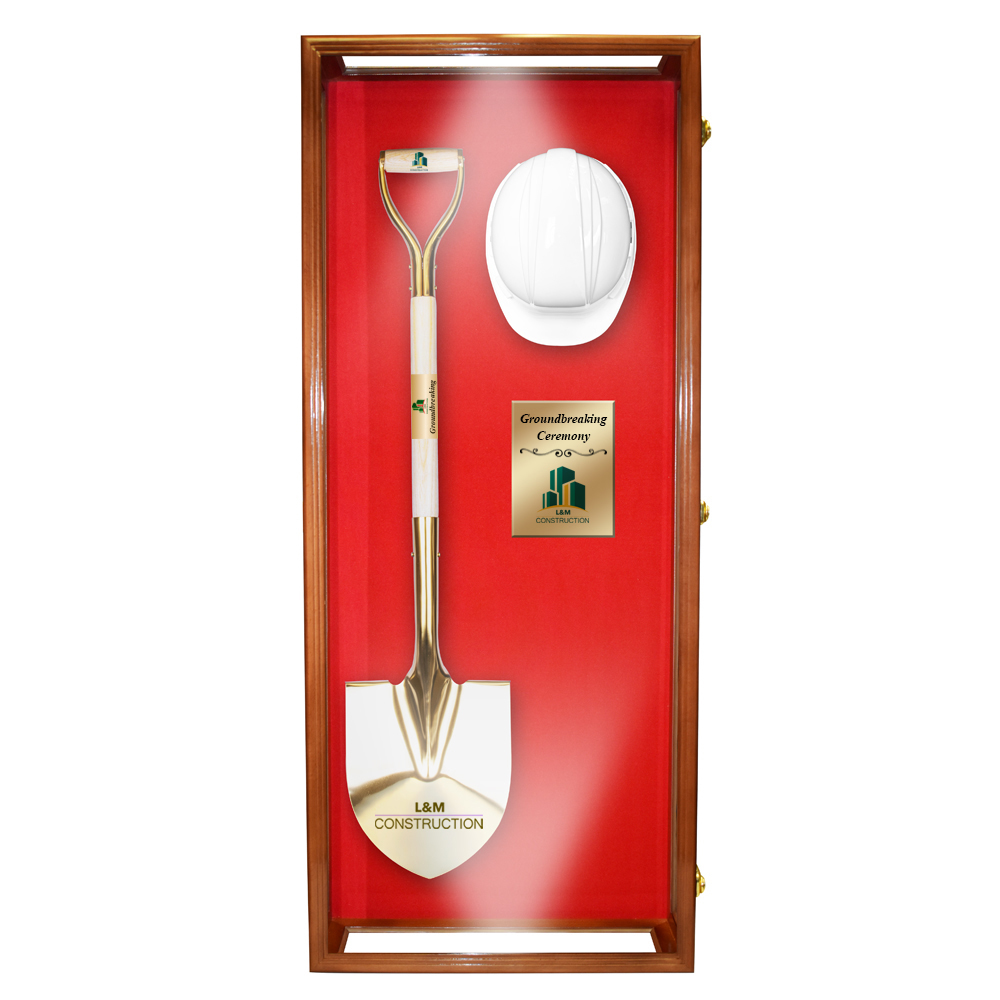
These individuals, as well as other guilds in Florence, the Catholic Church and religious orders in Florence, and private wealthy donors, represent the broader artistic and cultural milieu of Florence, and its different trades and industries such as silk merchandise, bankers and artisans all who provided financial support and resources for the construction.
Medici Family:
While not directly involved in the initial phases of construction, the Medici family, one of Florence's most influential and wealthy dynasties, later became significant patrons of the cathedral. They sponsored artistic projects, renovations, and enhancements to the cathedral complex during the Renaissance period.

Groundbreaking Ceremony
The groundbreaking for the Florence Cathedral and the laying of the cornerstone took place on September 9, 1296. The ceremony was attended by prominent figures from the city, including guild leaders, clergy, and civic officials, and this is what scholar and chronicler Giovanni Villani, had to say about the groundbreaking ceremony:
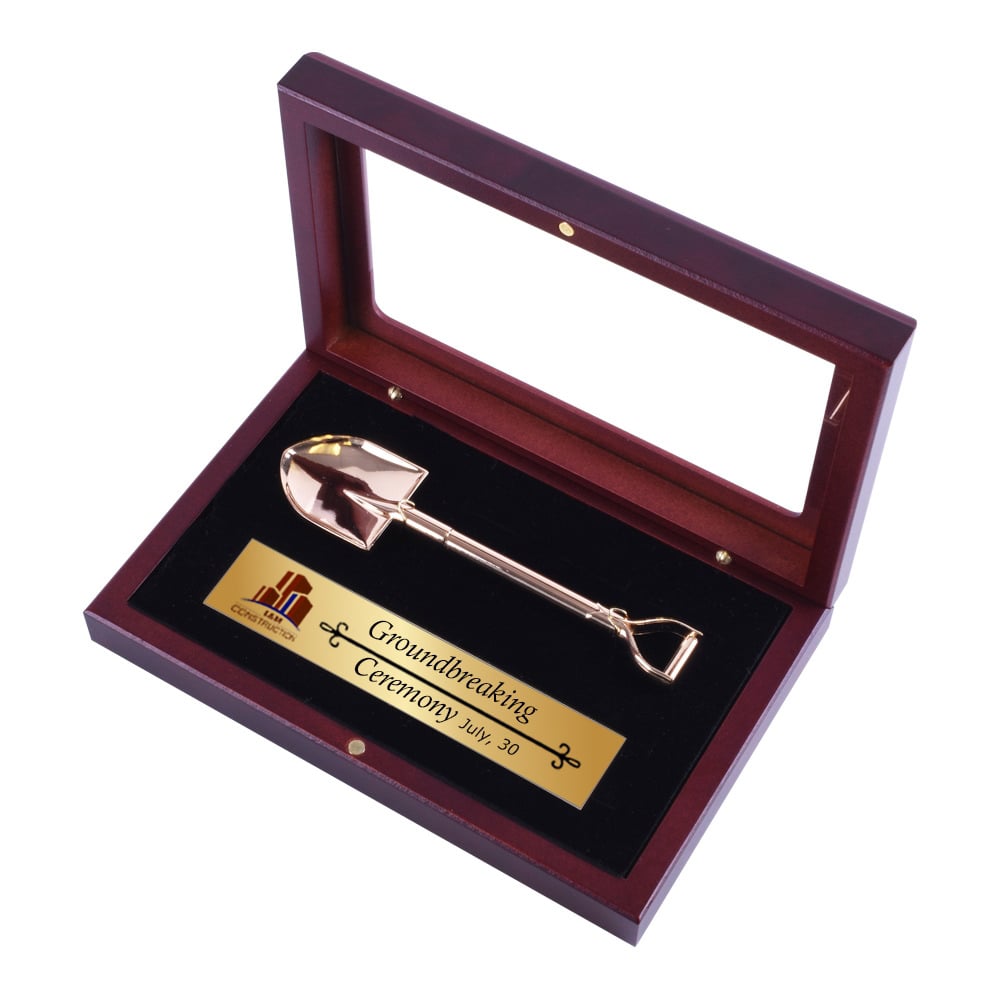
"On the auspicious day of September 9, in the year of our Lord 1296, the city of Florence witnessed a momentous event that marked the commencement of a grand endeavor—the construction of the magnificent Cathedral of Santa Maria del Fiore. The citizens of Florence, both high and low, gathered with great anticipation and jubilation to witness the groundbreaking ceremony, and the laying of the cornerstone for this monumental project. The ceremony commenced in the early hours of the morning, as the dignitaries of the city, including guild leaders, clergy, and civic officials, assembled at the site of the future cathedral. The air was filled with excitement and reverence as prayers were offered for divine guidance and blessings upon this noble endeavor.

The esteemed architect Arnolfo di Cambio, the mastermind behind the design of this architectural marvel, stood proudly alongside the city's leaders. With solemnity and purpose, Arnolfo directed the placement of the cornerstone, symbolizing the foundation upon which the cathedral would rise to become a beacon of faith and artistic splendor. The cornerstone, hewn from the finest marble quarried from the hills of Carrara, was laid with precision and ceremony. As it was lowered into place, the crowd erupted in cheers and applause, heralding the beginning of a new chapter in the history of Florence. During the construction of the cathedral, Florence was a vibrant center of artistic and intellectual activity. Prominent artists and writers of the time included Giotto di Bondone, a renowned painter and architect who contributed to the cathedral's decoration, and Dante Alighieri, the celebrated poet and author of the Divine Comedy and both gentlemen were at the groundbreaking ceremony for the Florence Cathedral.
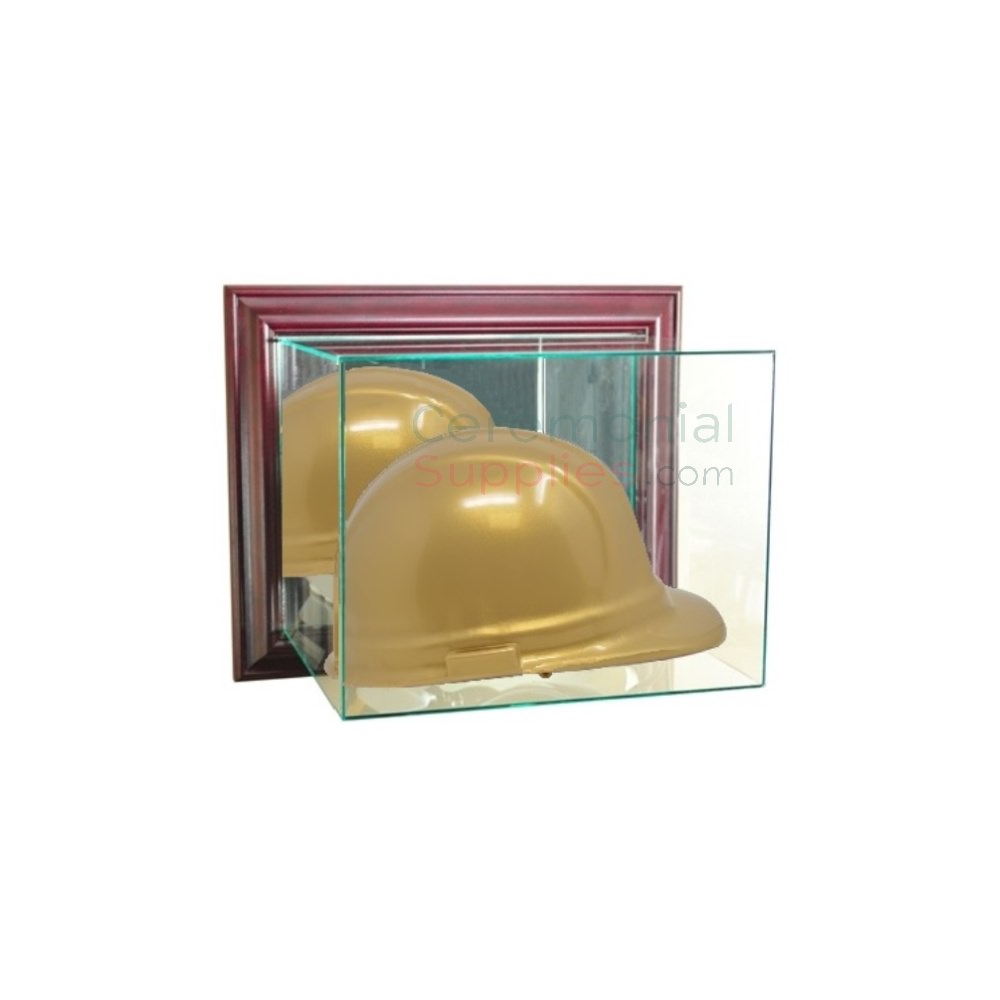
As chronicler of Florence's history, I must note the symbolism imbued in this act of laying the cornerstone. It signified not only the physical commencement of construction but also the unity and collective spirit of the Florentine people in pursuit of a shared vision—a cathedral that would stand as a testament to their faith, prosperity, and cultural legacy. The groundbreaking ceremony continued with festivities and celebrations throughout the day and into the night. Feasts, music, and revelry filled the streets of Florence as the city basked in the glory of this historic moment. It was a day of joy and hope, a prelude to the awe-inspiring achievements that would grace the skyline of Florence in the years ahead."
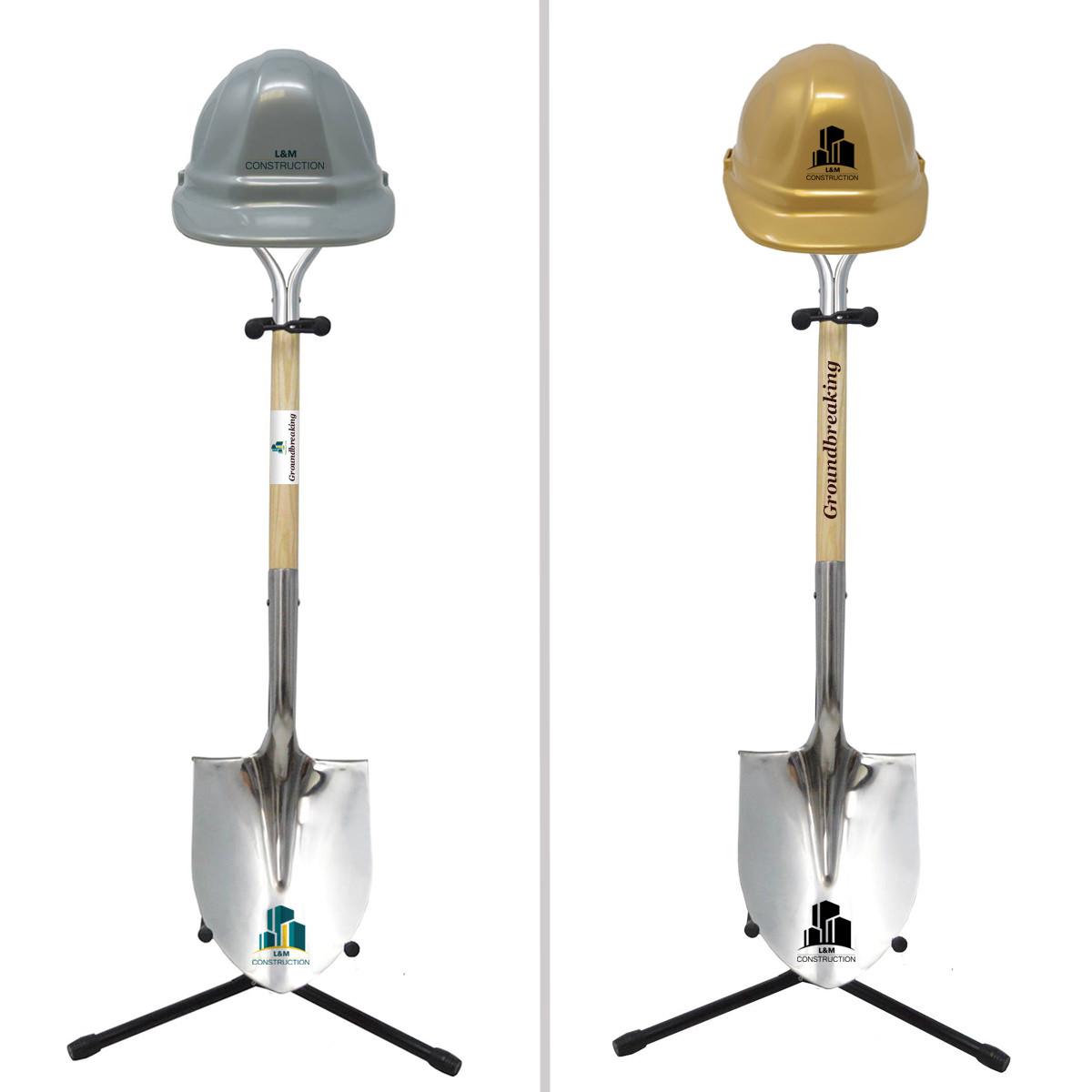
The construction of the cathedral spanned several centuries due to the complexity and scale of the project. The initial phase, including the construction of the choir and apse, was completed by the mid-14th century. However, work on the dome, the cathedral's most distinctive feature, continued well into the Renaissance period. The Florence Cathedral was officially completed in 1436 when the magnificent dome, designed by Filippo Brunelleschi, was finished. The dome remains one of the most remarkable engineering achievements of the Renaissance.

CeremonialSupplies.com is a huge fan of historical groundbreakings and grand opening events, and we love to revisit these for inspiration in our modern world. The Florence Cathedral stands as a testament to the artistic and architectural brilliance of the Renaissance period, showcasing the ingenuity and creativity of the era's architects, artists, and craftsmen. Shop CeremonialSupplies.com for quality, custom-branded ceremony shovels for sod-cutting ceremonies; elegant and bright grand opening ribbons pre-printed, or custom-branded; graduation carpets, custom-branded carpet runners; military medals and flags; crowd posts and stanchions and rope; plaques and awards, display stands for ceremonial groundbreaking shovels; display cases for ceremonial ribbon-cutting scissors, groundbreaking shovels, and military medals; corporate custom-branded clothing, balloons, bows, and all the accessories to make your groundbreaking ceremony, grand opening event, or any other celebration as magnificent as a work of art! Click here for a quote.
